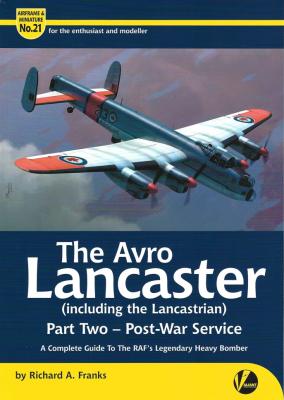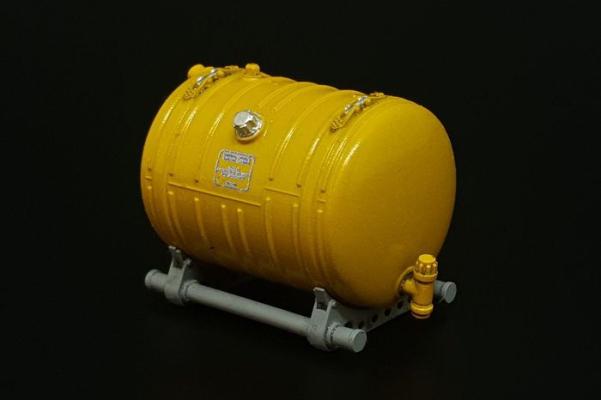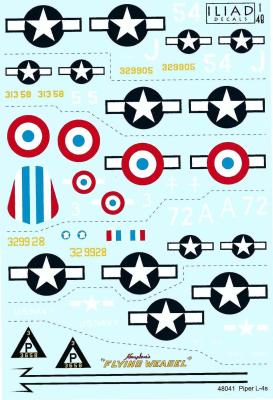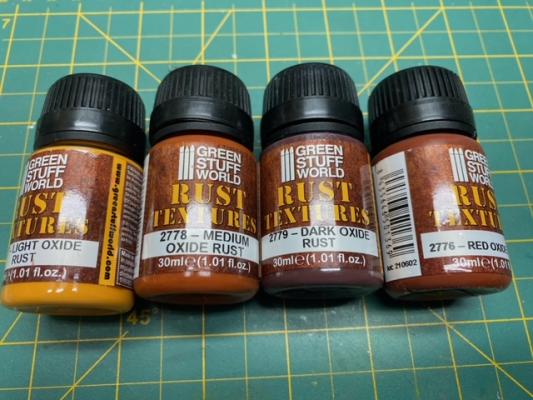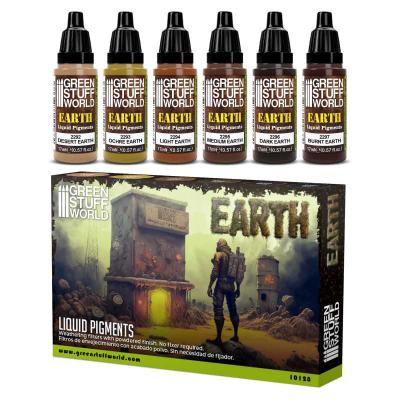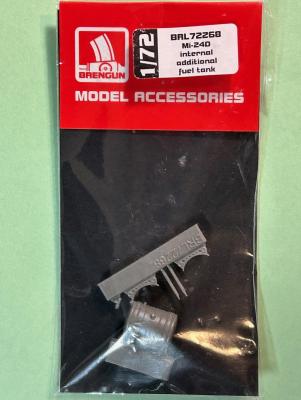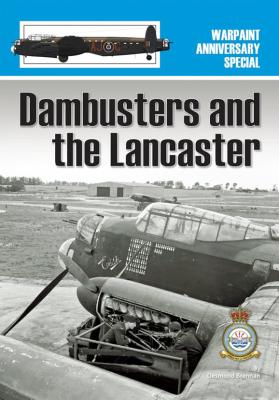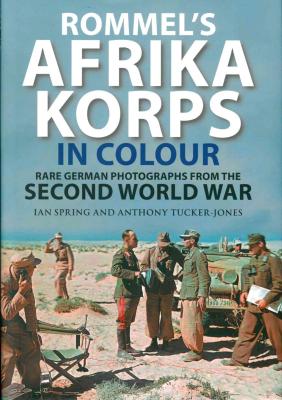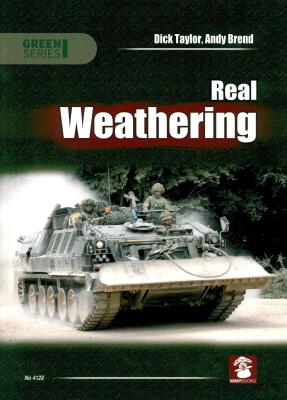Valiant Wings Publishing was founded in 2010 under the guidance of Richard A. Franks and Mark Peacock. Valiant Wings has released several series of primarily airplane monographs [Airframe & Miniature, Airframe Album and Airframe Detail series] with the first Airframe Album dedicated to the Heinkel He 219 ‘Uhu’ released in 2012.
Reviews
The Mi-24 Hind is a formidable attack helicopter, but unlike the Western attack helicopters, there is a crew compartment in the back. If you want to show something a little different you can add things in there. This set is designed for just that.
Contained in a blister pack are six resin pieces, perfectly cast in a dark grey resin, along with a small decal sheet. The tank is held in place by two support struts and two supports and has one fuel line. Instructions are on a small sheet of paper printed in black and white. The instructions are easy to understand that there is a photo of the actual tank mounted inside of a real helicopter. With the tank painted yellow it will stick out quite prominently.
This is a great option to add to your Hind that will make it stand out from the rest. The resin parts are perfect and the instructions are easy to understand. Another great set from Brengun.
Highly recommended
With the release of the Special Hobbies and Sabre Kits, the Piper L-4 kits the market cried out for some marking options. Iliad Designs answered the call with their L-4 offering.
Enclosed in a 6 x 9 Ziploc baggie, are an instruction sheet and one sheet of decals. The instructions are in full color on both sides for SIX colorful options. They are just not the plain-jane OD over Neutral Grey, although there are four, but there is also a silver doped one and one in sand camouflaged. For those looking for something different, there is one French aircraft and one with D-Day stripes with a French fin flash. How about a US Navy one? Yup, Iliad has you covered. The side views are on the front and the plan views are on the back. A little bit of the history of each aircraft is covered on the front side.
I’m not sure who printed the decals, but they are very crisp with good color saturation. They look suitably thin, as well as, being in perfect register.
I received four bottles ($3.95 each) of Rust Textures from Green Stuff World. Numbers 2776 thru 2779. They are formulated to simulate rust colors and have an added rust texture to them. The four colors represented the various stages of rust from a dark brown old rust color to a light orange fresh new rust color. Upon opening the paint, I found they were very thick and had a grainy texture. They and not a thin liquid like the average paint. No shaking or stirring was needed to prepare them. However, I do recommend tapping the bottom of the bottle in the palm of your hand to make sure that not too much paint is gathered in the lid.
I received the Liquid Pigments Earth set from Green Stuff World (GSW). They are pigments formulated in a liquid form. The six colors represent various types of earth colors and are Desert Earth, Ochre Earth, Light Earth, Medium Earth, Dark Earth, and Burnt Earth and you receive 6 bottles of Liquid Pigments - 17 ml. in each bottle.
Upon opening the paint, I found they are very thin and watery but also very opaque. Each bottle has a shaker inside to help you with shaking and evenly distribute the pigments in the liquid.
This is an interesting set from Brengun as it allows the modeler to replicate the large internal fuel tank sometimes carried by the Mi-24 Hind. The set has 6 parts, consisting of the tank, what appears to be a spigot or filler connection, and 4 parts that make up the cradle the tank sits on. The parts are all crisply cast. However, I did discover a few pinholes on the underside of the tank and the ends of the cradles that needed to be filled and smoothed out when I put on the first coat of primer.
As with Brengun’s other resin accessory kits, the first step is to remove the parts from the pour stubs. A sharp razor saw makes quick work of this. I next assembled the cradle with superglue and then set it aside to dry and harden. Before the superglue had set completely, I test fit the tank onto the cradle to ensure that everything lined up. Next, I attached the spigot/filler part to the appropriate end of the tank, making sure it was aligned as shown in the instructions.
Operation Chastise, the Dambusters Raid, hardly needs an introduction to anyone remotely interested in military aviation history. In this 80th anniversary year, there are several new books about the raid. This slim new volume from Guideline explores different aspects of the operation, its build-up, and aftermath in a general and abbreviated manner.
Author Des Brennan will be familiar to modeling magazine readers, and he approaches the subject with a number of short chapters outlining topics including:
- The development of the Lancaster
- Short biography of Barnes Wallis, developer of the ‘bouncing bomb’
- Bomber Command and Arthur Harris
- Preparations for the Raid
- The aftermath
- And others.
It’s an interesting, if short read. Brennan does a good job distilling the essentials into a cogent narrative.
Now that the major subassemblies are complete, it was time to put the pieces of the jigsaw puzzle together. I naively thought that it would all be downhill from here, even if it was a gently sloping downhill. I didn’t quite realize how many lengthy flat spots there would be along the way.
Anthony Tucker Jones really doesn’t need an introduction to military history readers with his impressive book pedigree, over 500 articles and his contributions to modelers through Pen & Sword and Casemate. His latest book builds on his impressive reputation, and his ability to tie in well-known history of a pivotal and influential German Field Marshall, along with amazing color photographs from Ian Spring’s digital archive, makes this a highly recommended book.
Rommel's Afrika Korps in Colour - Rare German Photographs from the Second World War, is composed of an introduction, five parts with 14 chapters, and an order of battle:
Do modelers really need another book on weathering models? The authors defend their position in the opening paragraph of the book,
“This is a book about weathering and designed with one audience in mind – the military modeler. To be sure, there are many books concerned with weathering military models available, but they all concentrate on weathering techniques – pre-shading, washes, pin-washes, dry-brushing, hairspray, you name it, it has a name and technique. This book is different; it does not tell the modeler how to achieve a particular finish. Rather, it is a reference book showing a range of real military vehicles and their components in real military environments.”

